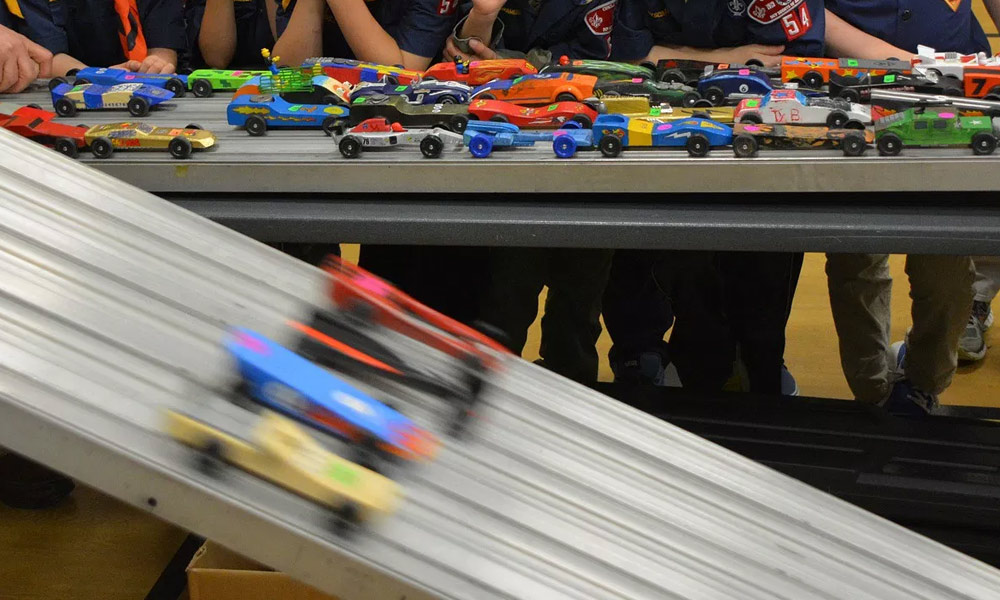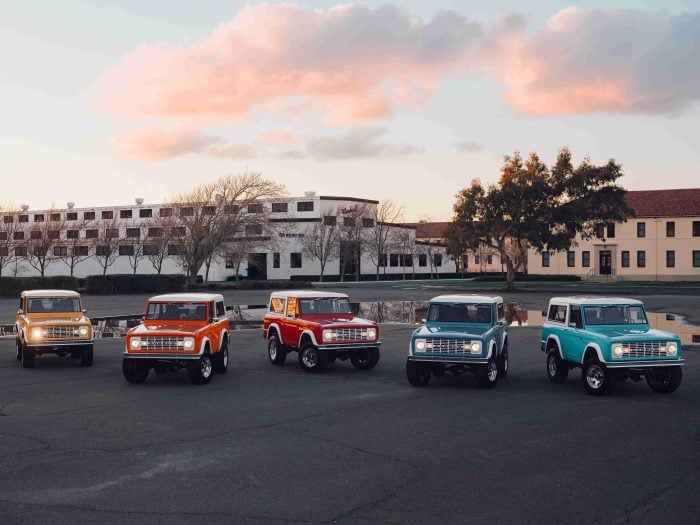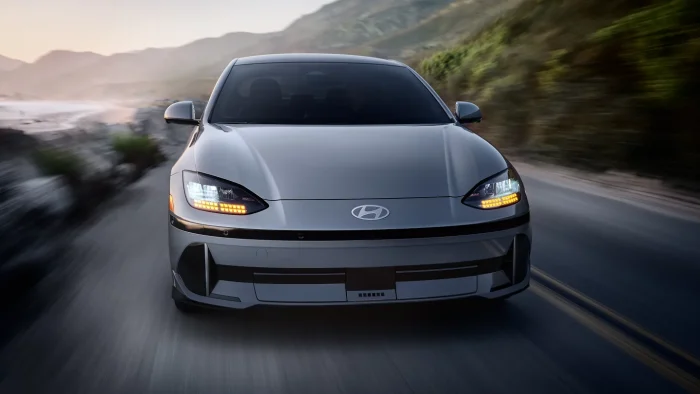Even if most of you didn’t put in the time to become Eagle Scouts, you probably joined the Cub Scouts. If you did, there’s a significant chance you designed, built, carved, and painted your very own Pinewood Derby Car. In fact, some of you probably joined the Scouts just to participate in the honored tradition that is dropping small wooden cars down an elevated raceway. We know that was half the reason we signed up.
Part of the attraction to it is the atmosphere surrounding it. It’s a tradition that recalls the Norman Rockwell era of American history, when fathers and sons would get together for old-school quality time, usually doing something the father himself did when he was younger. They’d spend weeks carving the car, tweaking the wheels, and painting the body, all the while building a relationship unique to them. A tradition like that gets a firm hold on American male heartstrings and it’s almost mandatory that it have an interesting history behind it. The good news is this history of the Pinewood Derby is almost as heartwarming as the tradition itself.

Before Pine, Soap
The Pinewood Derby has loose ties to the original Soap Box Derby, though the Soap Box Derby has only tangential ties to the Scouts, in that sometimes Scouts compete. The Soap Box Derby, for those who don’t know, is the annual event where children race homemade cars down steep hills. In 1933, newsman Myron Scott was on a photographic assignment in Dayton, Ohio. During the assignment, he came across a group of young boys performing their own early derby. Scott liked the event and thought it had the potential to go national. He took the idea to Chevrolet, who agreed to sponsor the first official All-American Soap Box Derby in 1934.
By the early ‘50s, the Soap Box Derby was well into its heyday. It had gone national in a much bigger way than Myron Scott could have anticipated and attendance of racers and spectators was huge. But some people felt left out, namely Don Murphy.

A Former Model Builder Builds a Model Event
In 1953, Don Murphy was the Cub Master for Pack 280C out of The Scout House in Manhattan Beach, California. He and his ten-year-old son, also named Don, were both fans of the Soap Box Derby, but participants had to be 12 years old, making Don two years too young. Disappointed, Murphy tried to think of a racing activity his son and boys his age could do while they were too young for the Soap Box Derby. His mind quickly came to the model building hobby he had as a boy. If he could design a small racecar and compatible inclined ramp, the scouts in his pack would have a safe, fun way to participate in a larger derby tradition.
The idea came together in the form of a seven-inch racer made of soft pinewood and a 30 foot racetrack. The next step was to make it financially feasible. Murphy proposed the idea to his employer, North American Aviation. They also sponsored the Soap Box Derby, so Murphy figured they’d be open to supporting a local version of something similar. He was right. Using money from North American Aviation, Murphy and his Cub Scout Committee built the ramp (with the slight modification of lights and an electric doorbell to mark the winner) and put together the car kits. Each kit contained the rules for the Pinewood Derby, a seven-inch pinewood block, four nails, and four wheels. Scouts were assigned a number and the car couldn’t weigh more than five ounces.
Attendance for the first Pinewood Derby on May 15, 1953, wasn’t recorded in terms of exact number, but every source we’ve found agreed The Scout House was packed. In fact, “packed” is the word they generally use. Racers were split into three classes, each arranged by age from eight to ten years old, with each class broken down into heats. In Don Murphy’s own words, “from that moment in time, the Pinewood Derby became an instant hit!”

The Boy Scouts of America Adopt the Pinewood Derby
As you might expect, an event that popular spread quickly. An early adopter of the program was the Los Angeles City Parks and Recreation Department, with a city-wide Pinewood Derby held March 17, 1954, but they didn’t beat many to the punch. A few short months after the first race in The national director of the Cub Scouting Service, O.W. “Bud” Bennett, wrote to Murphy, saying, “We believe you have an excellent idea, and we are most anxious to make your material available to the Cub Scouts of America.” Murphy created a booklet, simply titled “Pinewood Derby,” and sent it to the Boy Scouts of America National Office.
In October 1954, Boys’ Life, the official publication of the Boy Scouts of America, published information on the Pinewood Derby. It was a full page article, with a description of Pack 280C’s successful derby, engineer drawings for the car specifications, and a small photo of the kit Murphy’s Cub Scout Committee had put together. Readers could also obtain the track schematics by sending Boys’ Life 15 cents. The article didn’t feature the rules for the derby or where to buy a kit though, likely because the organization was still working on finding a supplier.
The first mention of Boy Scout Supplied kits doesn’t appear until June of 1955, in an advertisement in Boys’ Life (kits cost $2.75 at the beginning). This was after Henry Henning’s successful search for a kit supplier, when Art Hasselbach and his company, Beta Crafts, used Don Murphy’s original kit to design something that could be sent to Cub Scout Packs en masse.
Full details on how to run a Pinewood Derby appeared in an article titled “Wheels, Wings, and Things” in the Cub Scout Program Quarterly in 1955. In that article, the Pinewood Derby was described as an event meant for the June Pack Meeting. The 1956 program guide then moved the Pinewood Derby to the Blue and Gold Banquet, a winter event. Eventually, the Blue and Gold Banquet and Pinewood Derby split again, each getting their own separate nights.

The Derby’s Endurance
The popularity of the event has remained consistent and Cub Scout packs look forward to the Pinewood Derby every year. In fact, the consistency carries into the event itself. A Pinewood Derby running in the 2010s would look virtually identical to someone who was at the first race in 1953. The rules and regulations for the event have remained identical to Don Murphy’s original race, and while car specs have changed a bit (minor tweaks have modernized the cars), the core idea of the event has stayed the same. That is to say, Don Murphy’s goal of inventing an event that would bring boys closer to their parents was and remains a resounding success. It’s estimated that anywhere between 43 and 50 million people have participated in the Pinewood Derby over the years, and numbers that strong have a way of only getting stronger.
Want to cut out some of the legwork? You can pick up one of many wooden toy cars that follow the Pinewood Derby tradition in the Cool Material Shop. Check ’em out.




